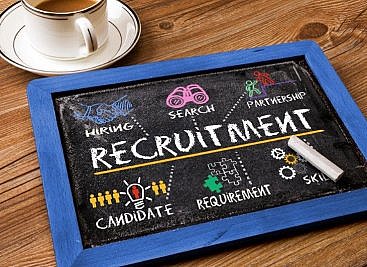It’s clearly a cliché, but ‘How the World has Changed’ when considering work-life balance in management consultancy.
Old school working patterns
It seems not long ago that initial job briefing conversations with management consulting firms seeking to hire always involved the discussion about how much mobility was required from employees. For 95% of roles candidates were expected to commit to SOME nights away at client sites. The the only point of flexibility was around whether that was Monday to Friday all the time or some of the time. Many firms had a blanket “must be willing to work away 4 nights a week”. The more enlightened had the 3/4/5 model meaning max 3 nights away, 4 days on client site and the 5th day in the office or at home.
The handful of firms that had a different model i.e. low/no travel had a real competitive edge with attracting candidates who loved consulting but disliked the impact of travel on personal and family life.
The new normal
Although the landscape is constantly shifting, these days very few of our clients are expecting such commitment. Indeed, many are suggesting largely virtual models but with the need to be flexible to visit clients and the employer as required. However, this is often merely a few times a month rather than several days a week.
The caveat
But as the management consultancy profession giveth it also taketh away.
There is now much evidence that because of WFH, as well as significant client demand and high consulting utilisations, that employees are working longer hours than ever. Of course there is a time saving not commuting but unfortunately many have simply swapped one for the other. Also there is the risk of the “always on” aspect that blurring work and home locations involves.
Indeed, one report suggested employees were working an average of an extra two hours a day.
For some areas of consulting, for example M&A and strategy practices, long hours have always been part of the territory, but now new hotspots have emerged, especially in technology related consulting for example, which is in especially high demand.
Pros and cons
Some employers are taking active steps to discourage this “working day creep”, for example through limiting email use outside office hours or more values/culture-based initiatives. Clearly the risk however is that some employees like the flexibility that WFH can involve: visiting a school event in the afternoon and working in the evening (for example) which doesn’t fit with an employer trying to limit the working day to set hours.
There is also a clear “age” divide with more experienced employees happier working “alone” i.e. not alongside colleagues, with more benefits of WFH (e.g. family time). However earlier stage employees can encounter real challenges particularly if in small scale shared accommodation e.g. working on a bed.
Many such early career consultants have told us they felt at a disadvantage not being in the office and that they want to be able to learn from their colleagues, to network and to spend time with each other building relationships.
A growing problem for people who work remotely is so-called proximity bias. This is the tendency among managers to rank those employees who sit alongside them in the office more highly than those they see mostly on their computer screens during video meetings. There is evidence that this inequity is likely to affect women disproportionately.

The result
A survey by Source Global Research found that many early career consultants were considering leaving the profession as a direct result of deteriorating work life balance.
There is also a lot of commentary more generally that for many in the first 10-15 years of their careers the traditional “working your socks off” in exchange for lots of money and a fast-track career no longer appeals. This was true even before the tumultuous events of 2020-2022, which further emphasised the importance, to many, of other aspects of life both within a job and career and outside.
When we speak to candidates this is rarely the first answer to “why are you looking for a move?” but it is very clear that in many cases, with a bit more digging, this is either a factor in the decision or a priority for the next role or both.
The opportunity
Many consulting firms are becoming more aware of the need, for attraction and retention, to present a more employee centric face, one that embraces and attempts to address these aspects of WFH and work-life balance.
However, it also seems clear that in some cases this remains lip service or risks being undermined by unsympathetic client demands or indeed members of the leadership teams.
This is a very complex area with multiple considerations and also an evolving sense of what the New Normal might be. Many employers recognise the need to be flexible given that it is still unclear what work pattern will embrace the myriad needs of different employees with the requirement to run a profitable business.
However there is a real opportunity here for innovative employers to both retain and attract staff by a real, from the heart, values led commitment to genuine work-life balance.


